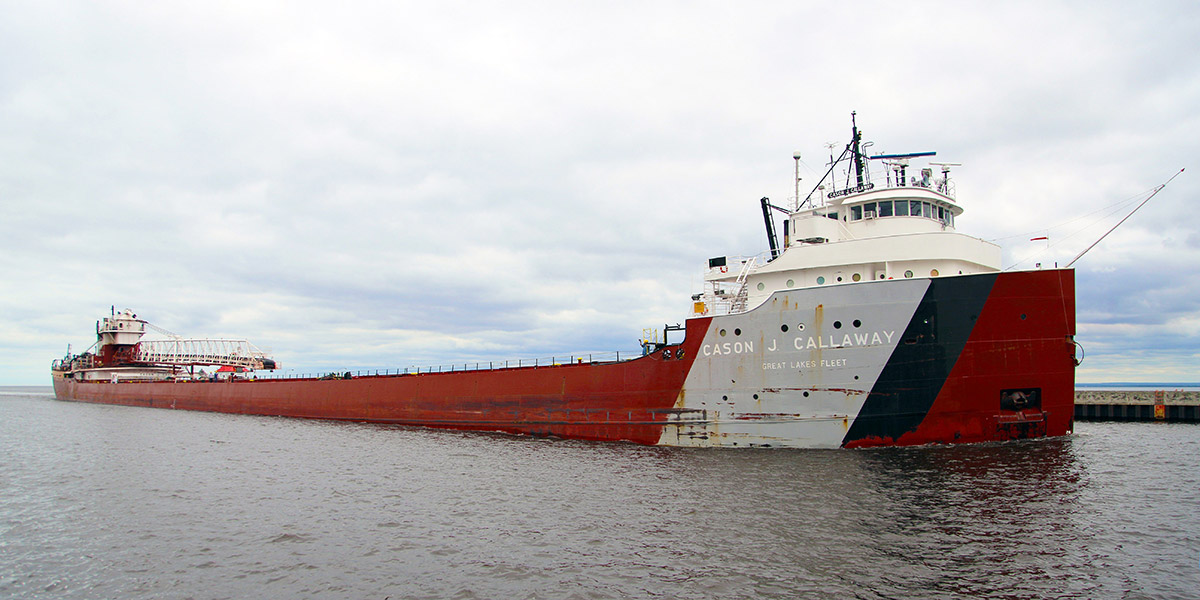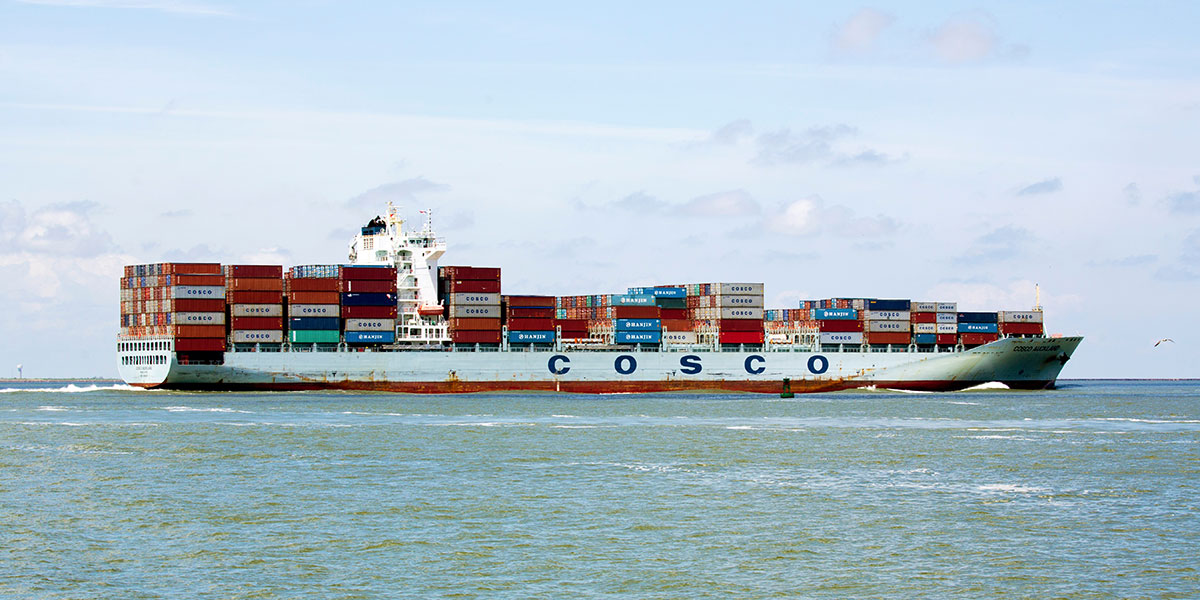
Today, an inland seaport. The University of Houston presents this series about the machines that make our civilization run, and the people whose ingenuity created them.
Seaports are wondrous places. Huge ships carry the stuff of daily life to far-flung ports. They let us feel the presence of other lands and their needs. Our Port of Houston handles America’s largest trade — a quarter-billion tons a year. And it spreads out over some 50 miles. But today, I’m drawn to another American port.
The twin port of Duluth and Superior, in Minnesota and Wisconsin. It’s the furthest from any ocean. It lies at the west end of the world’s largest fresh-water lake — Lake Superior. Minnesotans know its Native American name of Gitchi-Gami — that means Great Sea. This port, unlike most other US ports, largely deals in raw materials. An iron ore called taconite accounts for over half its ship-ping. And its ships carry grain, coal, and limestone.
Those ships are unlike the so-called Salties that cross oceans. Fresh water is less dense than ocean water, and the ships differ. Laker boats, as they’re called, are huge. Some exceed a thousand feet. Few have the loading superstructures we see on ships that carry manufactured goods or containers. And here, shipping usually stops when the lake, and the locks on its east end, freeze over. That’s in mid-January to late March.
A lake this large poses threats just as surely as an ocean does. One cold November in 1975, the ore boat Edmund Fitzgerald carried taconite to a steel mill in Detroit. It went down with its full crew in a terrible storm. Gordon Lightfoot’s song about its sinking still echoes today.
But that was just one ship out of some six thousand that lie on the bottom. For every wreck they’ve found, nine more are still lost. The Lake is most lethal in November, near the Soo Locks that connect with lake Huron. Those locks, by the way, are the first of many on the way to the Atlantic Ocean, twenty-four-hundred miles away.
Now AI locates shipping with pinpoint accuracy at all times. We have far better means for predicting weather. The ships are safer. The dangers, far less today. But new threats arrive with new technology. Here, in the Gulf of Mexico, ships have to avoid thou-sands of abandoned oil well platforms. Some are visible. But some lurk unseen below the surface. Shipping will always turn-upon any-one who quits paying attention.
So I watch ships coming and going in our vast seaports. Great container ships — or those majestic ore boats, passing under Duluth’s lovely lift-bridge. And I hear an old Spanish song, Partens las Galeras. It tells of ships sailing off to far-away lands. And our longing for both repose and adventure out on those vast seas. Houston and Duluth are so different, yet so alike in that sense of connection. In each, the edges of great waters become great market-places — great agoras that help hold our splintered world together.


John Lienhard